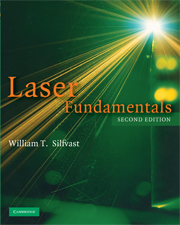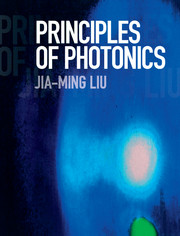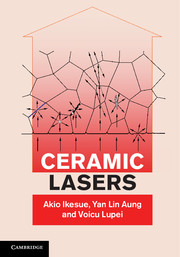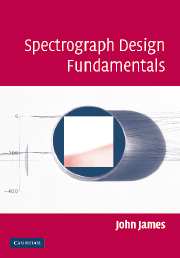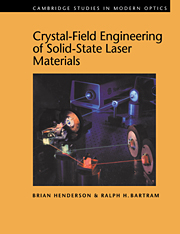Laser Fundamentals
Laser Fundamentals provides a clear and comprehensive introduction to the physical and engineering principles of laser operation and design. Simple explanations, based throughout on key underlying concepts, lead the reader logically from the basics of laser action to advanced topics in laser physics and engineering. Much new material has been added to this second edition, especially in the areas of solid-state lasers, semiconductor lasers, and laser cavities. This 2004 edition contains a new chapter on laser operation above threshold, including extensive discussion of laser amplifiers. The clear explanations, worked examples, and many homework problems will make this book invaluable to undergraduate and first-year graduate students in science and engineering taking courses on lasers. The summaries of key types of lasers, the use of many unique theoretical descriptions, and the extensive bibliography will also make this a valuable reference work for researchers.
- Unique approach to understanding lasers
- Useful descriptions and data tables of 23 types of commercial lasers
- No background of physics or engineering required, just a knowledge of calculus and simple differential equations
Reviews & endorsements
Laser Fundamentals is a good read, and I recommend it to students and teachers alike." Physics Today
Product details
July 2008Paperback
9780521541053
674 pages
254 × 203 × 38 mm
1.36kg
285 b/w illus. 63 tables 151 exercises
Available
Table of Contents
- 1. Introduction
- Part I. Fundamental Wave Properties of Light:
- 2. Wave nature of light - the interacting of light with materials
- Part II. Fundamental Quantum Properties of Light:
- 3. The particle nature of light - discrete energy levels
- 4. Radiative transitions and emission linewidth
- 5. Energy levels and radiative properties of molecules, liquids (organic dyes) and solids (dielectrics and semiconductors)
- 6. Radiation and thermal equilibrium - absorption and stimulated emission
- Part III. Laser Amplifiers:
- 7. Conditions for producing a laser - population inversions, gain, and gain saturation
- 8. Laser oscillation above threshold
- 9. Requirements for obtaining population inversions
- 10. Laser pumping requirements and techniques
- Part IV. Laser Resonators:
- 11. Laser resonator modes
- 12. Stable laser resonators and Gaussian beams
- 13. Special laser cavities
- Part V. Specific Laser Systems:
- 14. Laser systems involving low density gain media
- 15. Laser systems involving high density gain media
- Part VI. Frequency Multiplication of Laser Beams:
- 16. Frequency multiplication of lasers and other non linear optical effects.

